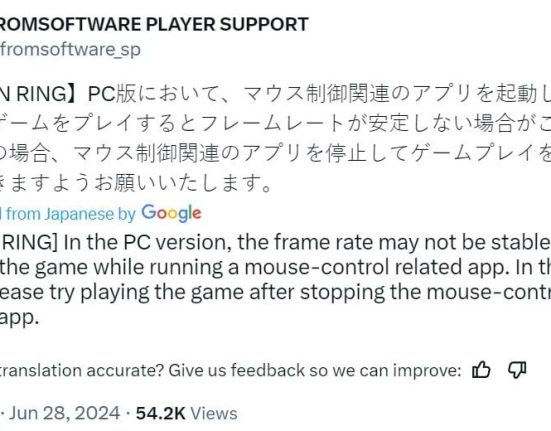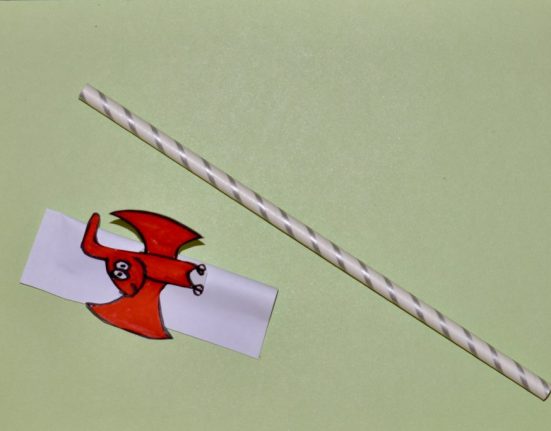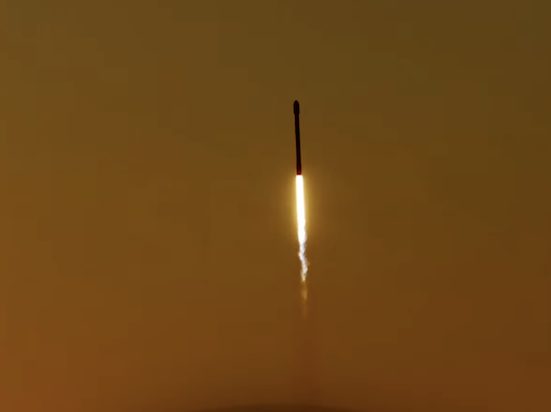Meze and Audio Technica are two brands that are dedicated to offering quality audio products at multiple price points. The early release of Audio Technica ATH-WBLTD has received positive reviews. Priced at $1599, it is definitely in the hi-fi price range and provides a unique listening experience. Meze is a relatively new company compared to Audio Technica. Don't be fooled by their short lineage, because innovative products have propelled them into premium hi-fi conversations. Their Liric II is an extremely popular high-end closed backrest with similar wood styling and superior comfort. At $1999, people purchasing a closed model will no doubt want to compare them head-to-head. Let's find out which product is better for you in the comparative review of ATH-WBLTD and Liric II.
What is in the box? – ATH-WLTD vs. Liric II
|
|
Look and feel
I feel that the appearance of the ATH-WBLTD is the most striking and exciting feature of these headphones. The flamed maple driver shell and leather headband make these headphones look luxurious. These premium materials make these headphones one of the most attractive audio products on the market. My complaints with the headphones have nothing to do with the look, but rather the narrow headband. I have a large head and this headband is flexible enough to fit. At just 320g, these headphones don't take much pressure to hold. The top of the pad fit me well, but since my temples stick out more than my ears, the bottom of the pad didn't fit well. When I squeezed them tightly around my ears, there was greater clarity in the vocals and mids.
Unlike the ATH-WBLTD, I don't have much to say about the Liric in terms of looks. I think the ergonomic design seems a little disjointed and the wooden casing covers pale in comparison to the Audio Technica style. While the ergonomic appearance doesn't stand out to me personally, it's a great trade-off considering how comfortable the headphones are. In my opinion, Meze and Dan Clark Audio are currently producing the most comfortable headphones on the market. Comfortable models like the Liric are the reason the brand has grown so quickly over the last decade. Although these headphones are considerably heavier, the way they sit on your head is smooth and comfortable. The ATH-WBLTD wins in a landslide in terms of looks, and the Liric II is decidedly more comfortable.
Specifications: ATH-WBLD vs. Liric II
ATH-WBLTDDriver type – 45mm HD Driver Frequency response: 5 – 50,000 Hz Sensitivity – 104 dB/mW Impedance – 40 Ω Weight – 320 grams | Lyric IIDriver type – Rinaro® MZ4 isodynamic hybrid matrix Frequent response – 4 – 92,000 Hz Sensitivity – 100dB/mW Impedance – 61Ω Weight – 427 grams |
Soundstage – ATH-WBLTD vs. Lyric II
The Liric II has an impressive soundstage for a closed back with a pronounced vertical dimension. This means they are able to create a feeling of height and layering in the audio experience. Its patented “Phase it allowed me to dive deeper compared to the ATH-WBLTD. The Liric II excels at presenting a cohesive and realistic soundstage, where each element occupies its own space without artificial reverb.
In contrast, the ATH-WBLTD offers a remarkably wide soundstage, recreating expansive sounds that spread horizontally. This width provides a spacious listening experience, with sounds that seemingly extend beyond the physical limitations of the headphones. However, the ATH-WBLTD introduces additional reverb to the soundstage. This may improve the perception of space but may slightly compromise natural sound reproduction. While this reverb effect particularly shines with trailing sounds, adding a nice ambiance, it may not match the Liric II's more accurate representation of depth and height. It's most noticeable on recordings with a small acoustic ensemble, where things spread out more than they would naturally. The ATH-WBLTD's presentation could appeal to listeners who prefer a more expansive, hall-like sound.
Listening Impressions: ATH-WBLTD vs. Liric II
Low
The bass is undoubtedly the focus of these two sound signatures. Both headphones are closed back and sound 'warm V' and the similarities don't end there. There are plenty of “thuds” and crackles that give us the bright highs and boosted lows. If you are a percussionist who concentrates rhythmic elements while enjoying music, you will get fantastic palpable quality with these two headphones.
Starting with the Meze Liric II, the sound signature is not totally dominated by the bass sounds, but there is a comfortable roundness that the low frequencies have. The Meze sound signature complements this bass by boosting some lower mids and the 1 kHz range. Sometimes bass sounds can overpower other layers, such as vocals. This doesn't happen offensively often, and only a discerning ear will notice the slightly delayed vocals. For what you sacrifice in thin vocals, you get great warmth in digital and modular sounds. Boy Harsher's “Pain” took on a triumphant synth quality that's hard to find in many headphones. The often harsh layers of sound became simultaneously more tonal and palpable due to this sonic signature.
The ATH-WBLTD has similar features but takes the bass to an even greater extreme. The same idiosyncrasy occurs on these, where the vocals fall more into the mix than on the Liric II. I get the feeling that the bass is deflected much more than the mids and for this reason the drums, synths and bass stand out so much during the listening experience. This can be a great thing for bassists, who seek maximum tangibility in their listening experience. For some this may be excessive, but Audio Technica is a brand well known for its bass extension. At the same time, all this low-end information didn't cause the headphones to distort, which is a feat in itself. For my preferences, I would have to choose the Liric II. I must admit that the ATH is certainly impressive in its bass presentation and will give you maximum bass.
media
I don't have much to say about either of these mid-tier firms, because there's very little to get excited about at both. As I said before, there is a dip that occurs between 300 Hz and 3 kHz with some bumps in certain places. The Liric II's bass slowly tapers off and boosts some lower mids. The sounds have a good roundness, but there is not enough oomph to create confusion in the sounds. Another boost between 600Hz and 1800Hz that maxes out at 1kHz combats the voice drop I noticed. This becomes even more noticeable with female voices.
The ATH-WBLTD has a very hollow quality in the mids that may suit certain people, but lacks character for me. As I mentioned earlier, the downturn on the ATH-WBLTD is even larger than that on the Liric. There is a slight extension in the lower mids of the cans, but that's the most I noticed when listening. This can be good if you listen to the instrumentation of songs, because instruments take center stage in a mix. The guitars and vocals lack depth.
Highs
Since both earbuds have “Warm V” sound signatures, complaints in the midrange quickly dissipate with the treble. The ATH-WBLTD complements much of the bass's sonic dominance with clarity and body. The sounds have a unique quality because of how dramatic the “V” signature is here. If you're a big fan of “V” sound headphones or Audio Technica's classic sound signatures, these headphones take them to a new level. There is good sharpness thanks to the bumps at 4kHz and 8kHz. It is not enough to compete with the bass, but it supports these headphones with a warm sound in a way that completes the shape of these thick sounds.
The Liric 2 is a more subtle example of a V shape and there is less competition between bass and treble. Competition may be the wrong word, because although it is more balanced than the ATH-WBLTD, it is still disproportionately severe. However, a reported frequency response spanning up to 92kHz means these headphones will give you imperceptibly loud tones. Beyond 5kHz, there's a lot of lightness and laser clarity that makes these headphones a pleasure to listen to. Uniform & The Body's “The Boy With Death in His Eyes” ends with a hum of feedback and noise. Not only did these headphones accurately represent this sound, but I also didn't feel overly fatigued or put off by this loud record. Sibilance is not a big problem on the Liric II, and I would have to choose them when comparing them head to head.
Summary
Between both headphones there is a lot to be excited about. At the same time, my preferences led me to believe that the Liric II would be more suited to what I like in a can set. That said, dedicated bassists and Audio Technica fans will still have plenty of positive things to say about the ATH-WBLTD. Likewise, those who find the ATH comfortable will also appreciate how light and pretty they are. At the same time, if you ask me, I would say to choose the headphones with the most balanced sound and feel. The Meze's superior comfort justifies the $400 price difference. Anyway, both are excellent headphones and neither of them will disappoint you.




















Leave feedback about this